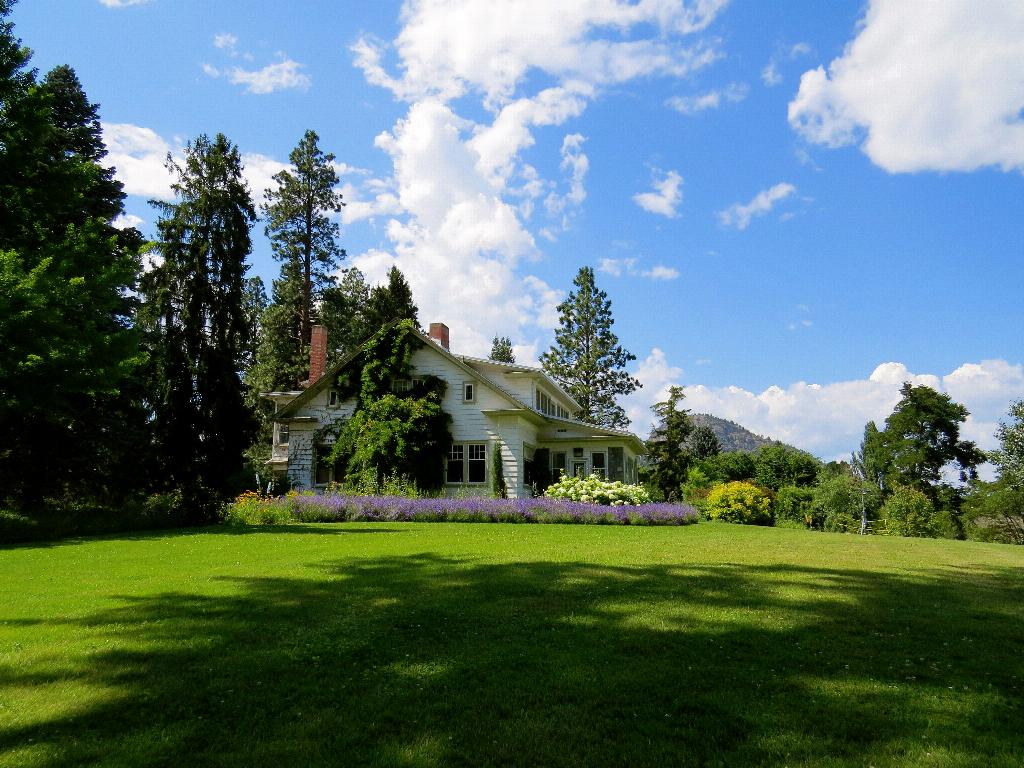When it comes to maintaining a healthy and vibrant lawn, proper fertilization is crucial. Knowing the optimal times to apply fertilizer can make a significant difference in the overall health and appearance of your grass. One of the key factors to consider is the type of grass you have, as different grasses have varying fertilization needs.
Timing for Cool-Season Grasses
Cool-season grasses, such as Kentucky bluegrass, fescue, and ryegrass, thrive in cooler climates. For these grasses, the ideal times to fertilize are in the fall and spring. Late September to early November is a prime window for fall fertilization, while late March to early May is ideal for spring fertilization.
Optimal Fertilization Periods for Warm-Season Grasses
On the other hand, warm-season grasses like Bermuda grass, Zoysia grass, and St. Augustine grass prefer warmer temperatures. For these grass varieties, the recommended times for fertilization are late spring and early summer. Aim to fertilize between late March and early May, and again between late June and early August.
Factors to Consider When Determining Fertilization Timing
While general guidelines exist for fertilizing cool-season and warm-season grasses, it is essential to take into account other factors that can influence the timing of fertilization. Consider the specific nutrient needs of your lawn, soil temperature, and moisture levels before applying fertilizer.
Effect of Soil Temperature on Fertilizer Application
Soil temperature plays a significant role in determining the effectiveness of fertilizer application. It is crucial to wait until the soil temperature reaches the optimal range for grass growth before applying fertilizer. This ensures that the nutrients are readily available for absorption by the grass roots.
Monitoring Moisture Levels for Effective Fertilizer Uptake
Proper moisture levels are key to the successful uptake of nutrients from fertilizer. It is advisable to water your lawn before fertilizing to ensure that the soil is adequately hydrated. Avoid fertilizing during dry periods, as this can hinder the absorption of nutrients by the grass.
Importance of Following Fertilizer Application Instructions
When applying fertilizer to your lawn, always follow the manufacturer’s instructions regarding application rates and schedules. Over-fertilizing can lead to nutrient runoff and environmental pollution, while under-fertilizing may result in nutrient deficiencies and poor grass health.
Benefits of Timing Fertilization According to Grass Type
By understanding the optimal fertilization periods for cool-season and warm-season grasses, you can ensure that your lawn receives the nutrients it needs to thrive. Proper timing of fertilizer application promotes healthy grass growth, improves turf density, and enhances the overall appearance of your lawn.
Frequency of Fertilization for Different Grass Types
While cool-season grasses typically require fertilization twice a year, warm-season grasses may benefit from more frequent applications. Consider the specific needs of your grass type and adjust the fertilization schedule accordingly to promote optimal growth and vitality.
Consulting with Lawn Care Professionals
If you are unsure about the best fertilization schedule for your lawn or need guidance on selecting the right type of fertilizer, consider consulting with lawn care professionals. They can provide expert advice tailored to your specific grass type and environmental conditions.
Final Thoughts on Fertilizing Your Lawn
Ultimately, the key to a lush and healthy lawn lies in proper fertilization practices. By adhering to the recommended fertilization schedules for cool-season and warm-season grasses, monitoring soil temperature and moisture levels, and seeking professional guidance when needed, you can ensure that your lawn remains vibrant and verdant throughout the year.
Conclusion
In conclusion, understanding when to put fertilizer on your lawn is essential for maintaining lush, green grass. Whether you have cool-season or warm-season grasses, following the proper fertilization timing, considering soil temperature and moisture levels, and seeking expert advice can help you achieve a beautiful and thriving lawn.

